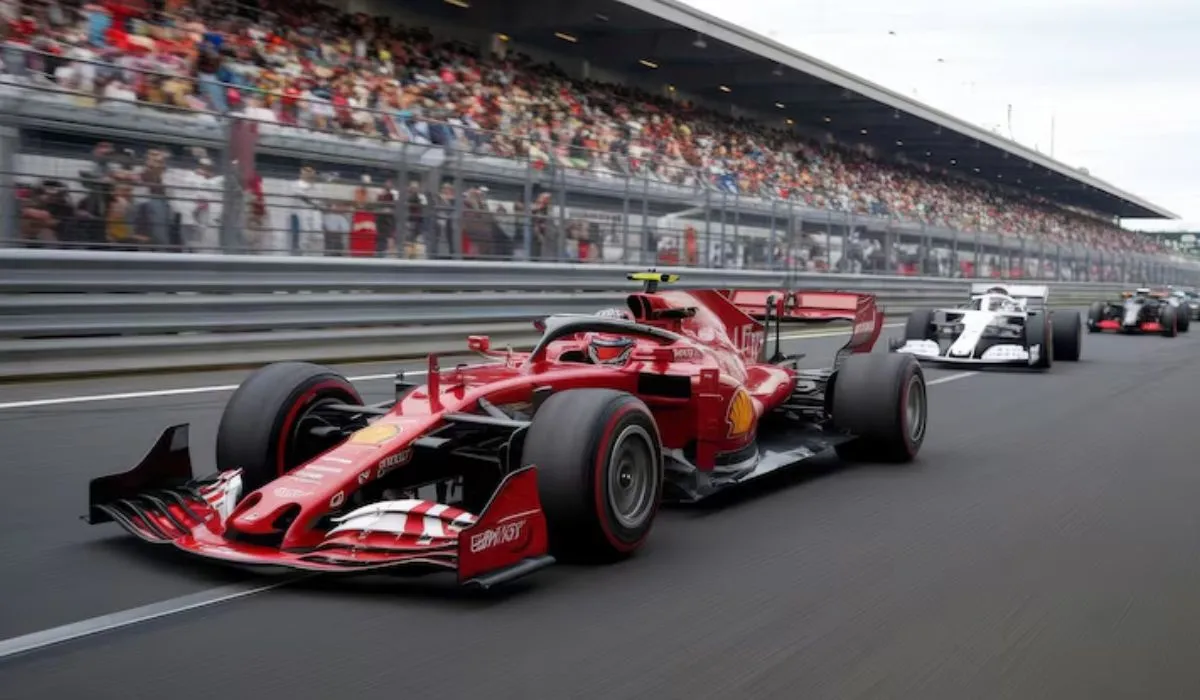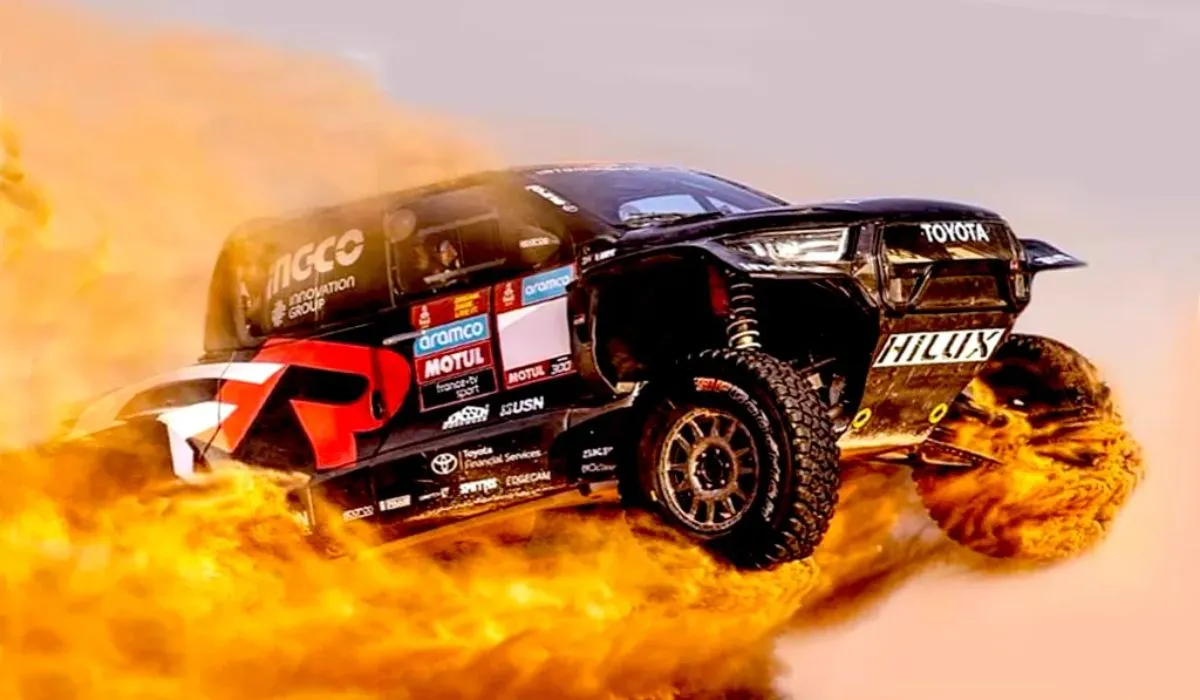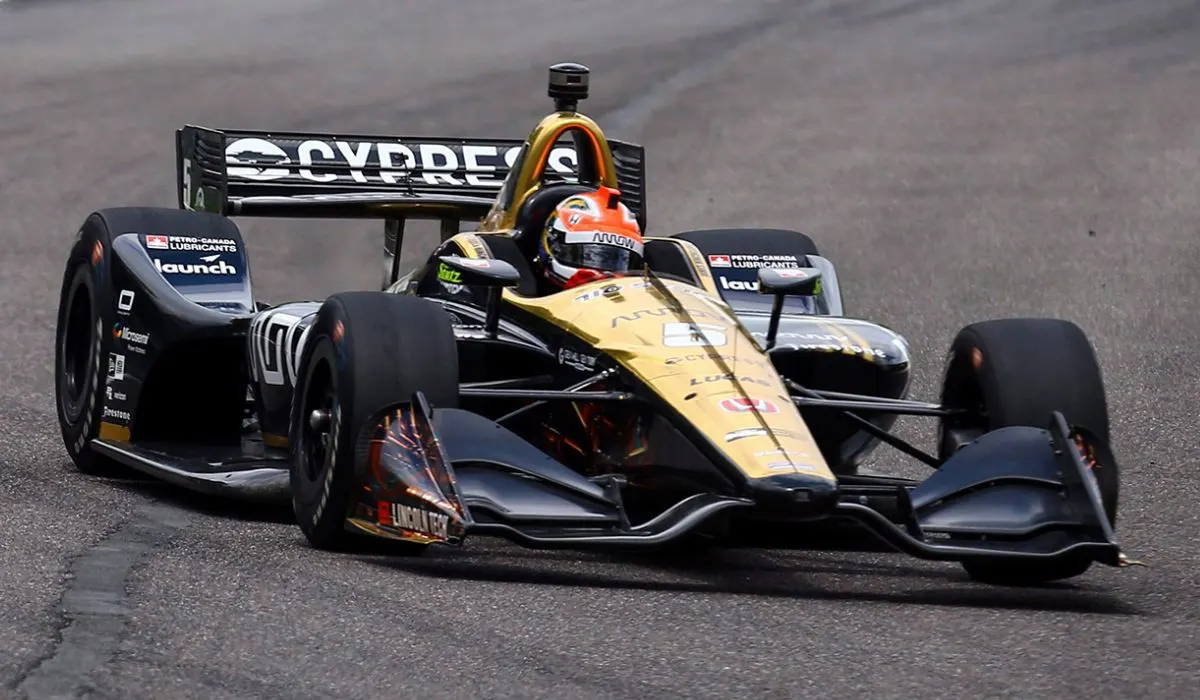Formula 1 is not just about race day. While Sunday is while the primary action takes location, a complete Formula 1 weekend is filled with method, velocity, and drama beginning as early as Friday. If you're new to F1 or maybe a casual fan, you can have wondered: what precisely takes place all through a race weekend?
In this weblog, we break down each thing of a typical Formula 1 weekend—Practice, Qualifying, and the Race—to provide you a clearer knowledge of the way the entirety suits together on the road to crowning a Grand Prix winner.
Understanding the Formula 1 Race Weekend: Practice, Qualifying & Race Explained
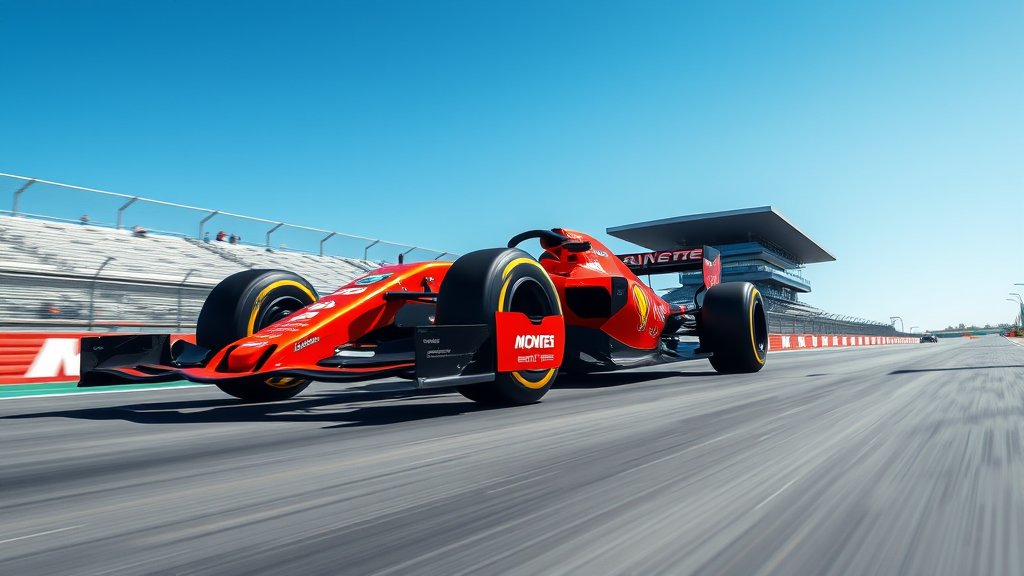
The Structure of an F1 Race Weekend
A standard Formula 1 weekend runs from Friday to Sunday, including:
- Friday: Free Practice 1 (FP1) & Free Practice 2 (FP2)
- Saturday: Free Practice 3 (FP3) & Qualifying
- Sunday: The Race (Main Event)
Let’s move deeper into each level to apprehend their cause and significance.
Friday: Free Practice 1 & 2 (FP1 & FP2)
What it's far:
Friday is when teams get their first real flavor of the music for the weekend. FP1 and FP2 are one-hour periods that allow drivers and engineers to collect precious data.
Why it subjects:
- Teams test specific tire compounds to see how they carry out.
- Drivers study the tune’s braking zones, corners, and grip stages.
- Engineers tweak automobile setups for most excellent overall performance.
- Long-run and short-run tempo comparisons assist plan race method.
Fun truth: You’ll regularly see groups doing "aero checking out" in FP1—the use of huge sensor grids or glide-vis paint on the automobile to degree airflow.
Saturday Morning: Free Practice 3 (FP3)
What it is? This very last one-hour consultation before qualifying is the last danger for satisfactory-tuning. Teams normally transfer their attention to low-gas, high-speed “qualifying simulations.”
Why it matters?
- FP3 offers an early indication of qualifying pace.
- Drivers practice perfect laps with less fuel and tender tires.
- Any troubles found here ought to be constant fast before qualifying.
- It’s crunch time—get it wrong right here, and qualifying could be a disaster.
Saturday Afternoon: Qualifying
Now we’re getting serious. Qualifying determines the starting grid for Sunday’s race. It's divided into three knockout stages:
Q1 – 18 minutes
All 20 drivers hit the tune. The slowest 5 are eliminated and begin P16 to P20.
Q2 – 15 minutes
The closing 15 drivers move once more. Another five are removed (P11 to P15).
Q3 – 12 mins
The final 10 drivers conflict it out for pole role (P1). The quickest driver in Q3 earns the right to begin from the the front of the grid.
Strategy Tip: Tire picks and timing are vital. Weather adjustments and tune evolution can substantially have an effect on lap instances, mainly in Q1 and Q2.
Drama Factor: Qualifying is frequently one of the maximum exciting components of the weekend. A unmarried mistake can ruin a whole consultation, and shock consequences are usually across the nook.
Sunday: Race Day
This is what all of it leads up to—the Grand Prix itself. Races normally run for 305 kilometers or a maximum of 2 hours, whichever comes first. The Monaco Grand Prix is the best exception, jogging slightly shorter because of its slower common speeds.
The Race Format
A formation lap begins things off, permitting drivers to warm up their tires and brakes. The grid is set from qualifying outcomes. At the cease of the formation lap, vehicles line up and wait for the 5 crimson lighting to exit. And then—it’s pass time!
Key Elements of the Race
Pit Stops: Each motive force ought to use as a minimum distinctive tire compounds, that means one obligatory pit forestall is required (unless it’s a moist race).
Tire Strategy: Choosing the proper second to pit can win or lose a race. Some groups cross aggressive; others attempt to stretch tire lifestyles.
DRS (Drag Reduction System): DRS permits drivers to open a flap inside the rear wing for introduced speed on straights—in the event that they’re within one 2nd of the car in the front.
Safety Cars & Virtual Safety Cars
These can dramatically trade the path of a race. A nicely-timed protection vehicle can offer a “loose” pit stop and shake up the order.
Points System
Points are awarded to the top 10 finishers:
- 1st: 25 factors
- second: 18 points
- 3rd: 15 factors
(all the way down to 1 point for tenth vicinity)
An greater factor is awarded for Fastest Lap, however most effective if the motive force finishes in the top 10.
Beyond the Race: Championships and Strategy
- Each race is part of the bigger season-lengthy competition:
- Drivers’ Championship: Awarded to the driver with the most points.
- Constructors’ Championship: Given to the group with the highest combined driving force score.
- That’s why every race—or even every qualifying consultation—topics.
Sprint Races: The New Format Twist
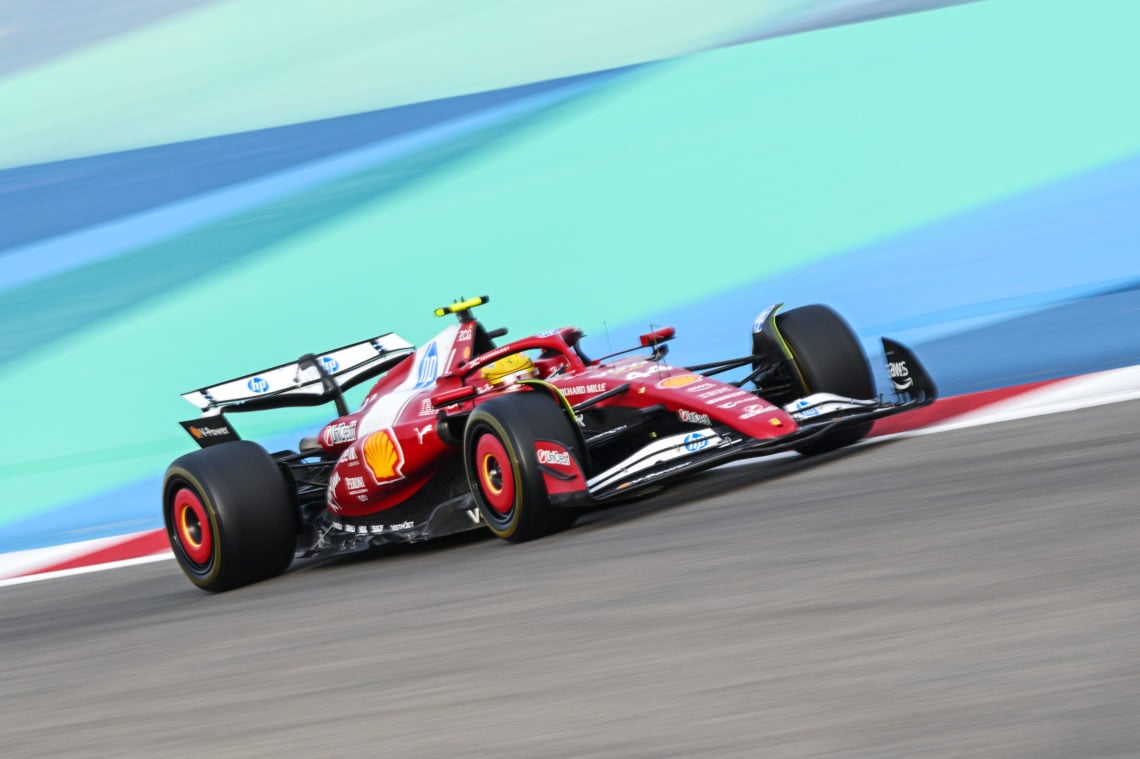
Some weekends now consist of a Sprint Race, a shorter 100 km race held on Saturdays. It offers its own factors and can set the grid for Sunday’s race, depending on the layout used that season.
- Sprint weekends have a barely one-of-a-kind shape:
- Only one practice consultation (Friday)
- Sprint Qualifying units the grid for the Sprint Race
- The Sprint outcomes may additionally affect Sunday’s grid
Final Thoughts
Understanding a Formula 1 weekend is key to clearly enjoying the game. It’s now not pretty much the quickest automobile or nice driver—it’s approximately adapting to conditions, executing perfect approach, and operating as a group across three intense days.
Next time you track in to a race, watch from Friday exercise onwards. You'll word how every session builds anxiety and shapes the final results of Sunday’s Grand Prix. From pit wall strategies to on-track rivalries, Formula 1 is as a great deal a mental sport as it is a excessive-pace spectacle.
